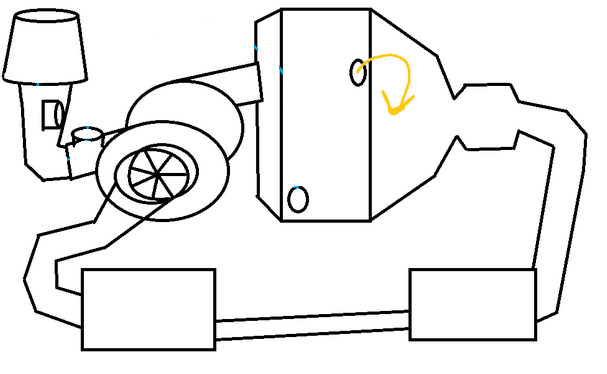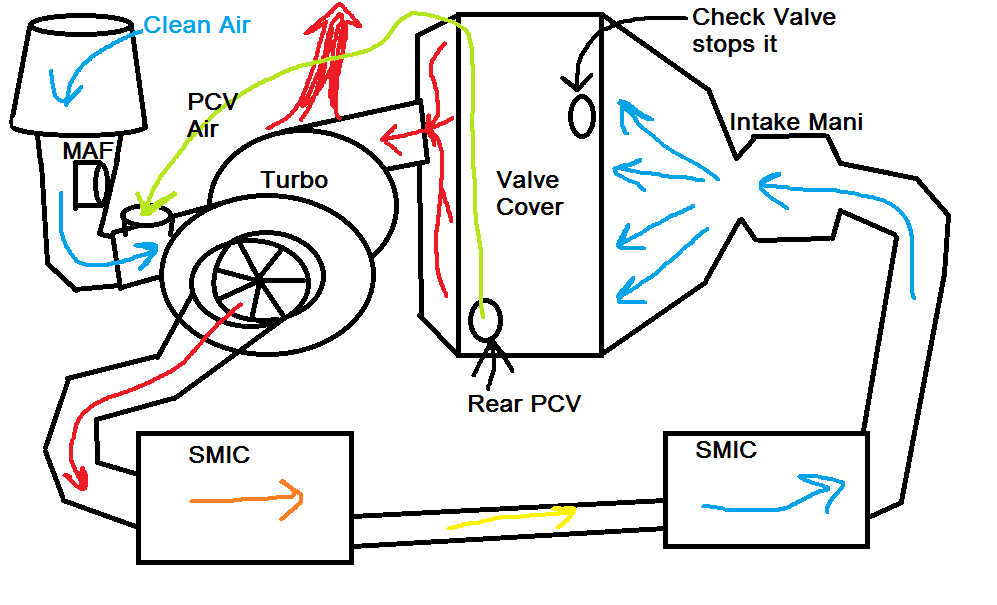You missed something: The PCV also allows air to flow from the intake preboost side to the intake manifold by passing the turbo and intercooler. The pressure bladder in the PCV only lets a little air by under idle(high vacuum) and lets as much air as can flow through the tube by under lower vacuum(1000rpm up till boost is achieved) This lets you have low end power that you would otherwise cut off by doing the pcv delete. Take a look at the pre-boost check valve and you will see there is a small air flow hole to bypass the check valve. The vacuum air flow is still limited by the check valve for the pre-boost intake side. Ideally a robust check valve that wouldn't fail could be installed in-line with the PCV to solve all issues and keep the benefits of the PCV.
You also miss represent the PCV system a little: the PCV is not for keeping the engine internals cleaner, but rather for keeping oil in the engine and not on the engine, ground, roadway, etc. The stock setup however I will agree doesn't properly separate the oil from the blowby gases before feeding them into the combustion chamber and preturbo air flow. I was running a catch-can with t-split on it, venting without a check valve to the pre-boost airflow, and putting a check valve and pcv valve inline to the intake manifold and it worked really well. The oil was being kept in the system with the 034 catchcan drain too. The only problem was when I showed wifey what a great thing she had been running under the hood for a few months, she freaked out cause the parts didn't look like they "belonged", and it is her car, so I bought another PCV and we are back to adding a quart every 2000 miles again without the catchcan.


















 Reply With Quote
Reply With Quote


Bookmarks